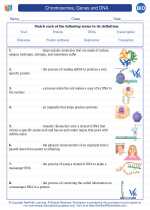Renewability in Biology
Renewability refers to the ability of a resource to be naturally restored or replenished at a rate that is equal to or faster than the rate at which it is being consumed or depleted.
Renewable resources in biology include water, air, sunlight, and certain types of plant and animal populations.
Renewable Resources
1. Water: Water is considered renewable because it undergoes the process of evaporation and precipitation, which continuously replenishes its supply on Earth.
2. Air: The Earth's atmosphere is constantly replenished through natural processes such as photosynthesis and respiration, making it a renewable resource.
3. Sunlight: Solar energy is a renewable resource as it is generated by nuclear fusion reactions in the sun and is constantly available for use on Earth.
4. Plant and animal populations: Some species of plants and animals are able to reproduce and repopulate themselves, making them renewable resources. However, overexploitation can lead to depletion of these populations, affecting their renewability.
Importance of Renewability
Understanding renewability is essential for sustainable resource management. It ensures that natural resources are used in a way that does not deplete them beyond their ability to replenish, thus preserving the environment for future generations.
Study Guide
To study renewability in biology, consider the following key points:
- Define renewability and provide examples of renewable resources in biology.
- Explain the processes that contribute to the renewability of different resources (e.g., water cycle, photosynthesis).
- Discuss the importance of renewable resources in maintaining ecological balance and sustainability.
- Explore the impact of human activities on the renewability of natural resources and propose solutions for sustainable resource use.
◂Biology Worksheets and Study Guides High School. Chromosomes, Genes and DNA
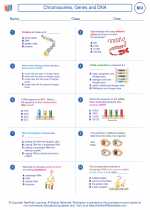
 Worksheet/Answer key
Worksheet/Answer key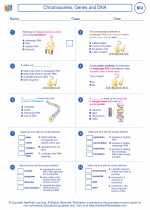
 Worksheet/Answer key
Worksheet/Answer key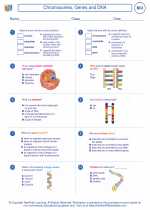
 Vocabulary/Answer key
Vocabulary/Answer key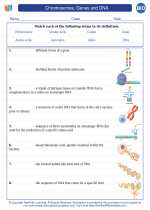
 Vocabulary/Answer key
Vocabulary/Answer key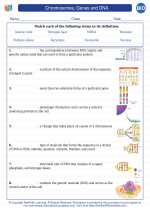
 Vocabulary/Answer key
Vocabulary/Answer key